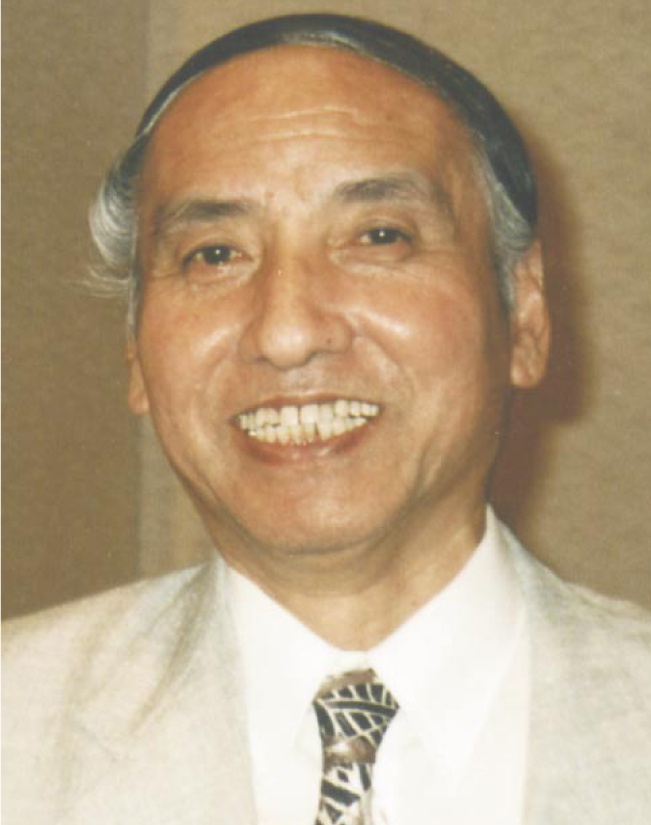Yutaka Uchida
DOI: 10.1063/1.1620844
Yutaka Uchida, a leading research worker in solar physics and plasma astrophysics, died suddenly on 17 August 2002. Tragically, he suffered a cerebral hemorrhage just at the conclusion of his closing thanks at his son’s wedding ceremony.
Uchida was born on 27 March 1934 in Tokyo. He earned his undergraduate (1958) and graduate (1963) degrees in astronomy at the University of Tokyo, and then received his first professional appointment there. Takeo Hatanaka and Wasaburo Unno jointly supervised his PhD thesis, “The Effect of the Magnetic Field in the Shock Wave Heating Theory of the Solar Corona.”
In 1965, Uchida joined the Tokyo Astronomical Observatory as a research assistant, eventually becoming a professor (in 1978). At that time, the observatory was a research unit of the University of Tokyo and was located in the western suburb of Mitaka. He returned to the university in 1988 to become chairman of the department of astronomy, remaining until his statutory retirement in 1994. A second career then ensued at the Science University of Tokyo. There, he established the Frontier Research Center for Computational Science for computer simulations. He also developed tools for general application and for astrophysical plasmas.
Uchida’s entire career was marked by extensive collaborations with international colleagues, including M. K. Vainu Bappu, Attilio Ferrari, one of us (Hudson), Boon Chye Low, Don Melrose, Colin Norman, Robert Rosner, Peter Sturrock, and Zdenek Svestka. His readiness to participate in such collaborations made him an ideal project scientist for the Yohkoh (Sunbeam) satellite observatory, which, at its launch in 1991, was Japan’s most international satellite project. Uchida continued as project scientist into his retirement until the scientific program ended. But in that position, he faced a diplomatic problem. In the NASA-sponsored solar physics program in the US, there was the expectation of free data exchange. That system was incompatible with Japan’s expectations at that time. Following the satellite’s launch, astronomers continued to use it for more than a decade—almost half of a Hale cycle. During those years, Uchida presided over the adoption of a general open data policy for Yohkoh. The Yohkoh data and software thus became a model for international cooperation. The Yohkoh program inspired Japan’s current solar observatory project, Solar-B, which is scheduled to be launched in 2006, and Uchida’s support of that program was a vital contribution.
One of Uchida’s best-known contributions is his theory of global coronal waves as weak fast-mode hydromagnetic shocks. That innovation, which he introduced in 1968, led to an explanation of Moreton waves—that is, chromospheric disturbances with seemingly inexplicable high speeds. Uchida identified them as the skirts of the global coronal waves already known to radio astronomers as the causes of type II bursts. His theory has survived the test of time, and the subject of large-scale waves in the corona is again an active area of research. New types of waves and large-scale oscillations were discovered recently using the Solar and Heliospheric Observatory (SOHO), Transition Region and Coronal Explorer (TRACE), and Yohkoh satellites. Uchida’s interest was reawakened, but he died before he could share his insights into the nature of these waves and their exciters. It is now generally accepted that solar flares launch blast waves of the Uchida type and that the process of their formation probably contains vital clues to the nature of flares and coronal mass ejections.
In his later years, Uchida broadened his scientific interests. His move to the Tokyo Astronomical Observatory, where he worked with Tatsuo Takakura and Keizo Kai on gyrosyn-chrotron physics, had brought him to solar radio astronomy. That work in turn led him to broader applications of plasma theory. His own favorite recent research area had to do with astrophysical jets and the nature of their magnetism. In June 2002, the Publications of the Astronomical Society of Japan published an article, which he coauthored, on the helical nature of the jet in 3C 273. Such phenomena have their solar counterparts in the coronal x-ray jets, which also often have helical flow fields. These solar jets were discovered by Yohkoh in 1991. Magnetized plasmas are like bread and butter for solar physicists; Uchida was one of the pioneers of plasma astrophysics in more general applications.
The hospitality of Uchida and his wife was known to many astrophysical visitors to Tokyo. The Uchidas frequently hosted parties in Tokyo and at their summer home. He delighted in discussing scientific problems, often argumentatively, but with insight and humor. He is missed by his colleagues both in Japan and around the world.


More about the Authors
Hugh S. Hudson. 1 University of California, Berkeley, US .
Takeo Kosugi. 2 Institute of Space and Astronautical Science, Sagamihara, Japan .
